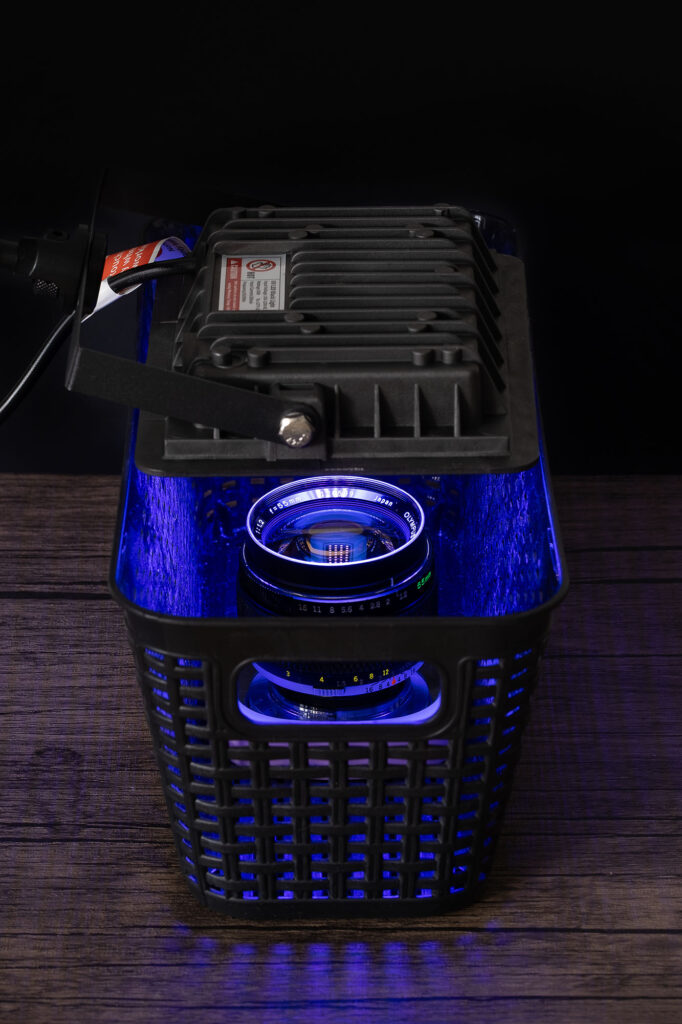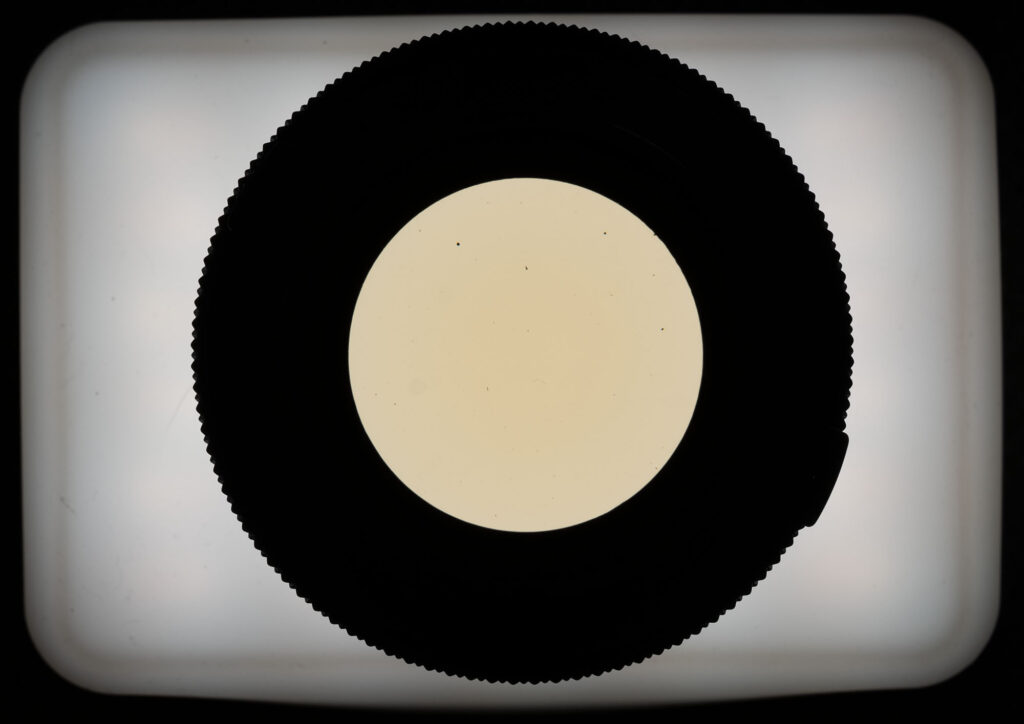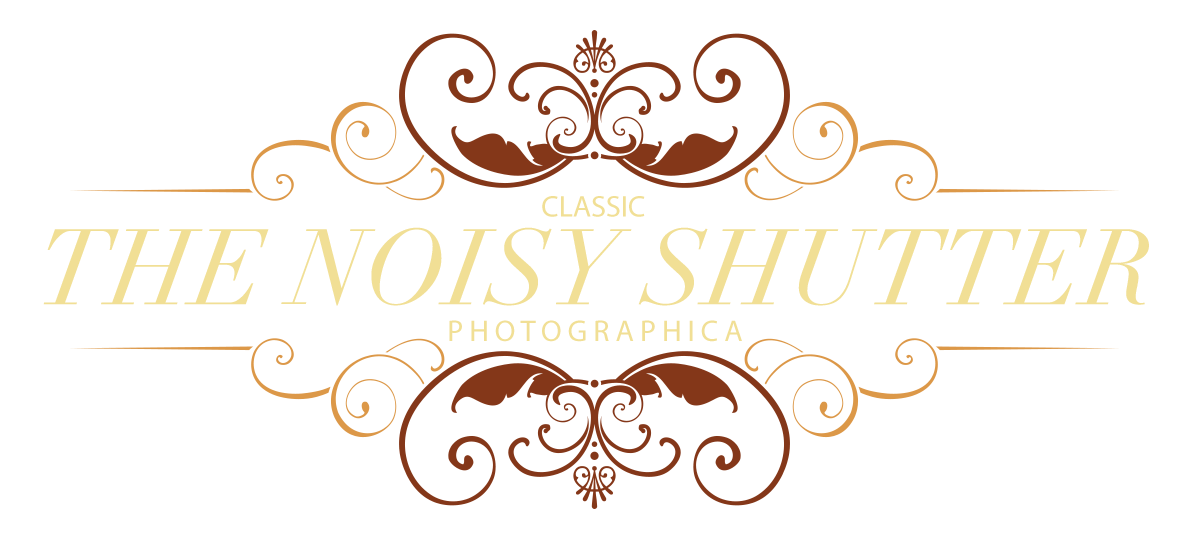A recent post reviewing my experience with the OM Zuiko 55mm f1.2 lens included a little lamentation about the yellowing of the lens due to the thoriated glass. I stated that I intended to attempt to reverse the yellowing with ultraviolet light. I read about it on the internet, so it must be true.
There has been a lot of discussion on the web about radioactive lenses, the resultant yellowing, and available cures. Unfortunately, much of the information floating around is utter twaddle. After my first radioactive lens acquisition years ago, I set out to sort fact from fiction out of a desire to understand it.
Until the purchase of the OM 55/1.2, I was not bothered by the yellowing in the other lenses. This one, however, was affected to the point of being difficult to use. It was like having a yellow, graduated vignetting filter on the lens at all times, with the maximum effect in the middle rather than the edges.
Radioactive thorium dioxide (reportedly up to 28%) was added to the glass mixture to increase the index of refraction in optical glass. Quality lenses, particularly with large maximum apertures, benefitted significantly. This was a common manufacturing process in the 1950s through the 1970s in Japan, Europe, and the US.
The US military apparently still uses thoriated glass in surveillance cameras in drones. An RQ-4 drone crashed near Mt Whitney in 2017, and the Air Force contract for recovery mentioned this as a cautionary statement for whoever would be hired to recover the wreckage. It would appear that even though lanthanum has largely replaced thorium as the refractive index booster in consumer products, thorium is still used when ultra-high quality lenses are required.
Thorium is largely an alpha emitter, but some of the isotopes on down the decay chain are significant beta and gamma emitters. As the radioactive decay progresses, crystallographic defects appear in the glass. These defects are called “F-Centers” after the original German, “farbzentrum”. These F-centers change the color transmission of the glass, resulting in the signature yellowing. Somebody discovered that these defects can be corrected by exposure to ultraviolet light.
Some reports indicate by leaving the lens in sunlight for days or weeks, the color defect will be cured. I live in a very hot, high desert, with temperatures occasionally reaching 115°F (46°C). Sunlight is brutal in the summertime, and the UV index is high. While the F-centers may indeed be reversed, the lens would also likely be damaged. Lubricants, optical cements, and focus ring rubber and glue would all likely be compromised. I’m not leaving my lens in the backyard, or even on the windowsill.
Ultraviolet light isn’t a single wavelength, but a section of the spectrum that includes a range of wavelengths. UV light sources are available in various wavelengths, and I wasn’t sure which would be most beneficial. On a whim I purchased an inexpensive long-wave UV lamp and set it up to flood the lens.

The above photo shows the setup. I placed a mirror beneath the lens to reflect light back up through the lens. Instructions that came with the lamp indicated that it would get hot, so I placed a small fan (out of the frame) to circulate cool air across the heat exchanger on the back of the lamp. The basket had holes that allowed for air circulation around the lens as well.
The first 24 hours had the light directed into the front of the lens, where I had the highest radiation readings. A quick visual check of the lens showed improvement. I flipped the lens over to flood it from the other side, and left it for another 12 hours. Upon picking it up the next morning, I smiled.
Prior to treatment, I had photographed the yellowing the best I could. By placing the lens on a Smallrig LED RGB video light with a diffuser, I was able to get an image that I could compare to one taken after treatment. The light was set to 5600°K at 100% output. The second image shows the net effect of UV treatment. The two images were taken with identical camera and light settings.


I think the photos speak for themselves—the treatment worked. While the physics are above my pay grade, the results are obvious to even a belching Neanderthal like me. 36 hours under an inexpensive 36 watt long-wave UV lamp (385-400nm) works to reverse the F-center yellowing. It is also the safest UV option. Higher-energy, shorter-wave UV may work faster, but comes at greater cost and risk.
Now I’m excited to see what this lens will do.

